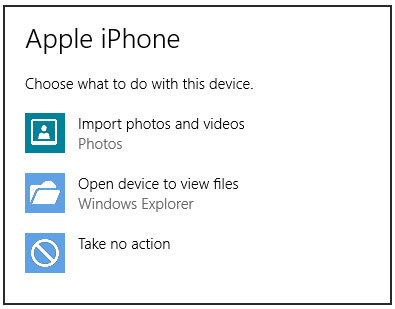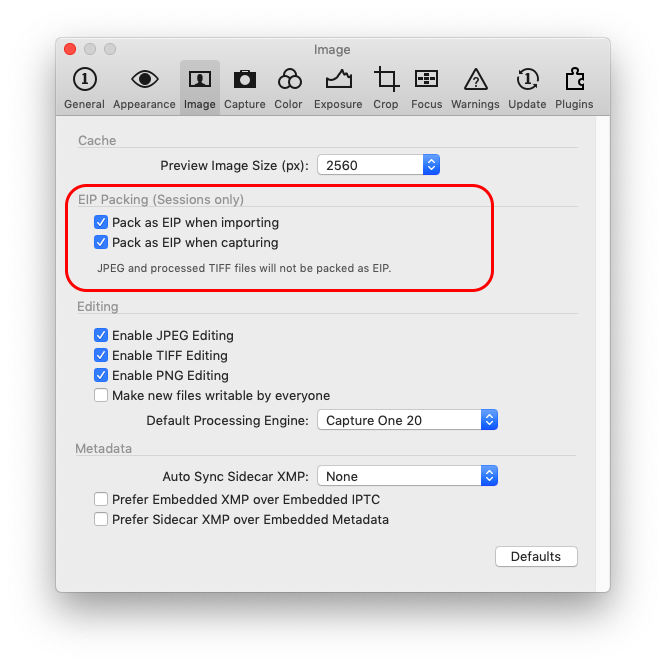

Furthermore, my Mac OS is 12.6 Sierra, which may not be very compatible with that format. For some reason, that fixes the import problem for some people, even though it seems counter-intuitive. 33 points 12:53 PM in response to bhall7 SOLVED In my case, four of five problematic files were photos in the new live format and one was a real movie, despite the fact that the error messages referred to them all as. In that case, again go to Settings > Photos and change the transfer setting to Original and try again. The other possibility is that while you’re capturing images and videos in the compatible, older formats, your phone or tablet is exporting the wrong format. VLC, which lets you open and convert HEVC files. IMazing HEIC Converter (free) for images, which runs on macOS 10.9 and later, and the free You should be able to switch to Image Capture on your Mac, import the incompatible files, and then use a conversion tool, like IOS lets you choose how media is transferred, but Automatic doesn’t seem to make the correct choice for all users.

However, in Settings > Photos the Transfer to Mac or PC option can be set to Automatic, and an iPhone or iPad should export them in a readable format when your Mac tries to import them, bypassing the compatibility issue. If you have High Efficiency enabled, a Mac with Sierra or earlier installed can’t import the images without conversion. (Technically, HEVC is H.265 video, where the previous flavor is the more widely supported H.264 encoding both are packaged into a MOV file by iOS, iPadOS, and macOS, which is a generic video package format, rather than an encoding type.) If it’s set to High Efficiency, then the newer compressed formats are in use Most Compatible, and the iPhone uses JPEG and H.264 video. Check your camera settings in Settings > Camera > Formats.


 0 kommentar(er)
0 kommentar(er)
